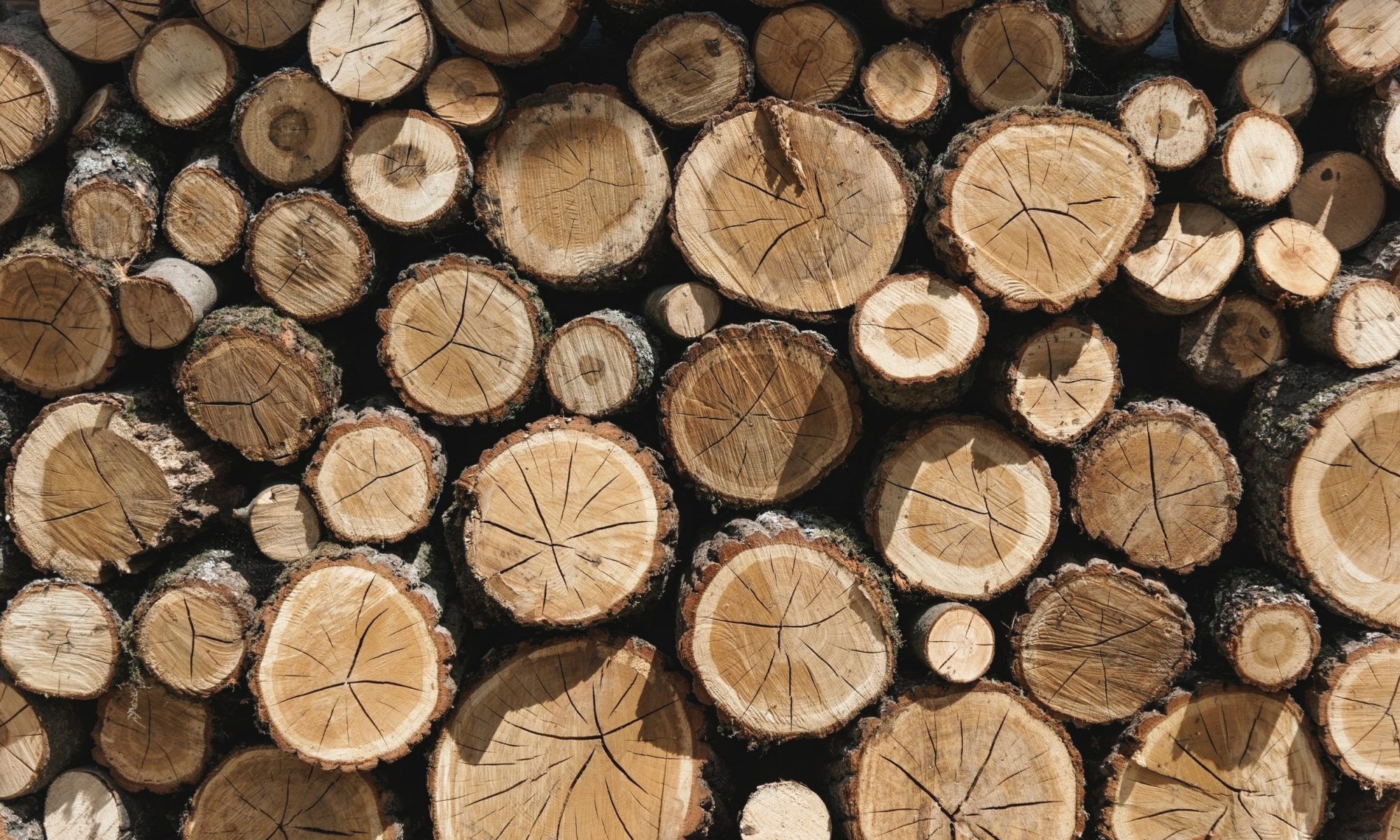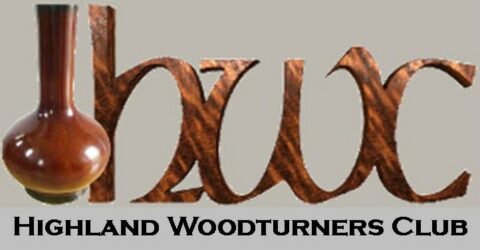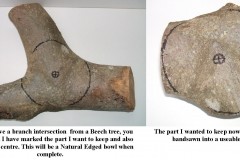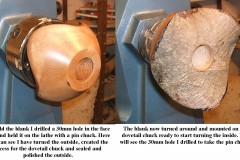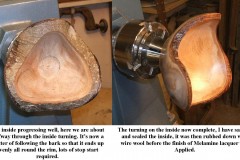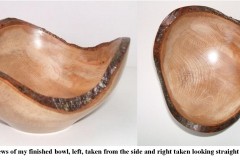This week’s virtual meeting on Thursday 3rd September 2020 was to be about making any type of household goods. This meeting was to be organised by John Cheadle but due to the ongoing Covid-19 restrictions it had to be turned into a virtual meeting. The usual request for our members to take part has gone unheeded again, with only one member sending me any pictures or information, that being Nick Simpson, I have put a few pictures together for you all to see along with a very short timeline in the gallery on the making of a Natural Edged Bowl but from a source that you may find interesting.
I urge you all to take notice of our requests for you all to take part in what we are trying to do, and that’s to keep the club alive, your continued lack of interest is wearing us down and that’s not good for the club, we are actively looking at methods to get the club up and running again but we are still under lockdown as far as the government is concerned.
I will start with Nick’s entry, a mortar and pestle.
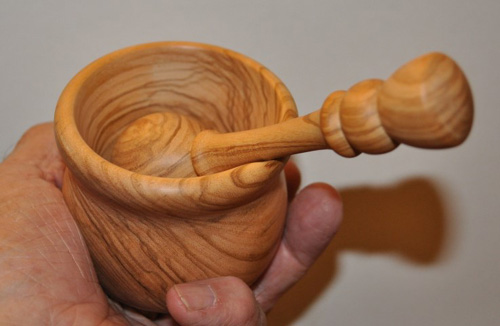
I called this a ‘handy’ mortar and pestle as it was designed to be used in the hand rather than the usual way on a kitchen surface.
Both elements are from Olive wood. The mortar is based on a simple three legged cauldron design. Finish is food safe oil (liquid paraffin).
Regards
Nick Simpson.
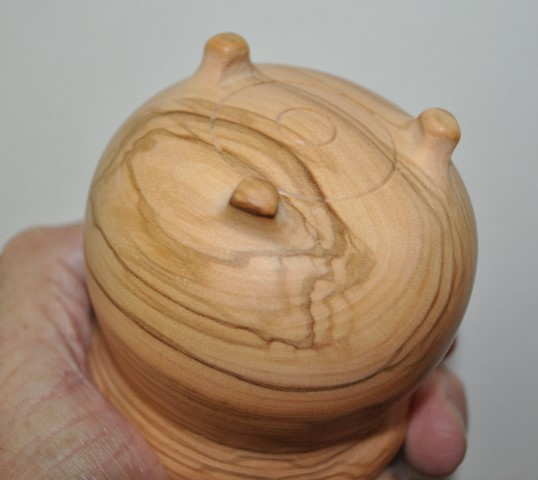
Now for a couple of items from my own picture gallery,
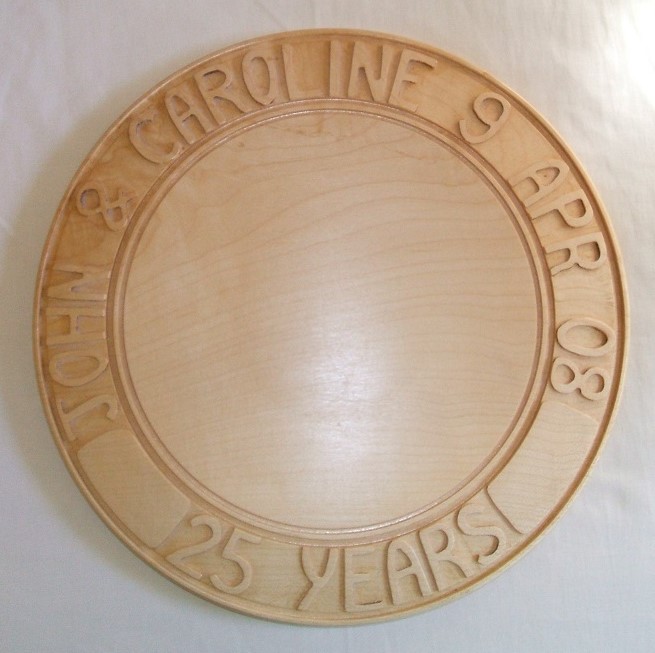
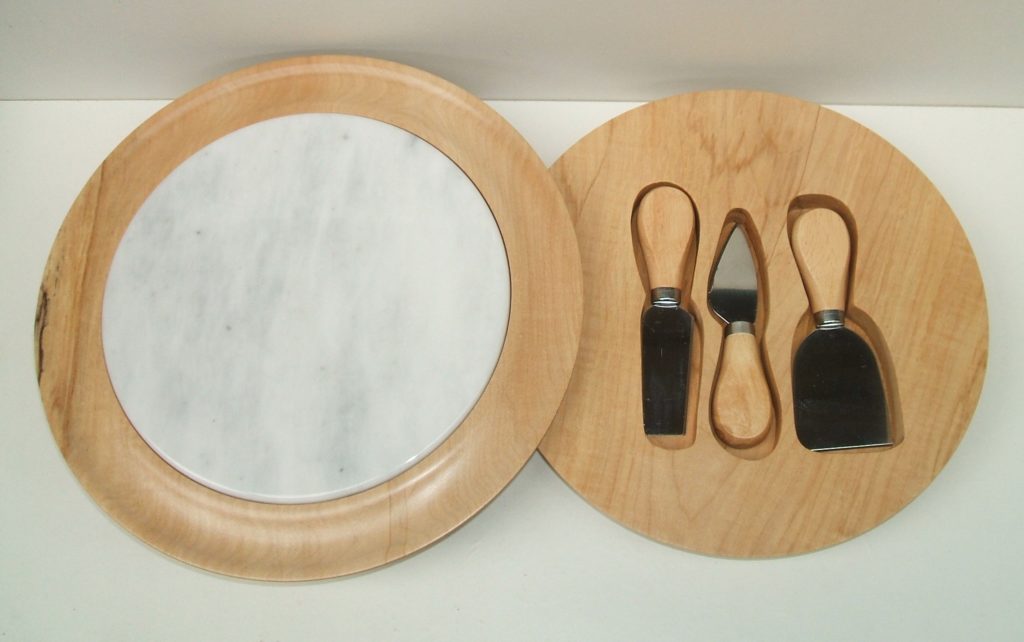
Now for the timeline on a Natural Edged Bowl. This is no ordinary Natural Edged Bowl or at least the part I’m using was not that usual as it comes from the crux of a tree.
I have deliberately kept this gallery short as I know you are all familiar with how to make a Natural Edged Bowl, the part I wanted to show was the fact of using the crux adds a whole new dimension to this type of bowl, it does not have to be a straight log or even half a log, look at what you have and come up with a new way of working it.
If you want to see a larger picture and to read the text, just click on the pictures in the gallery.
I received a late entry for this post from David Ross, there was some confusion with the original email David sent, however here are David’s pictures and text now, better late than never, and thanks David for re-sending the pictures.
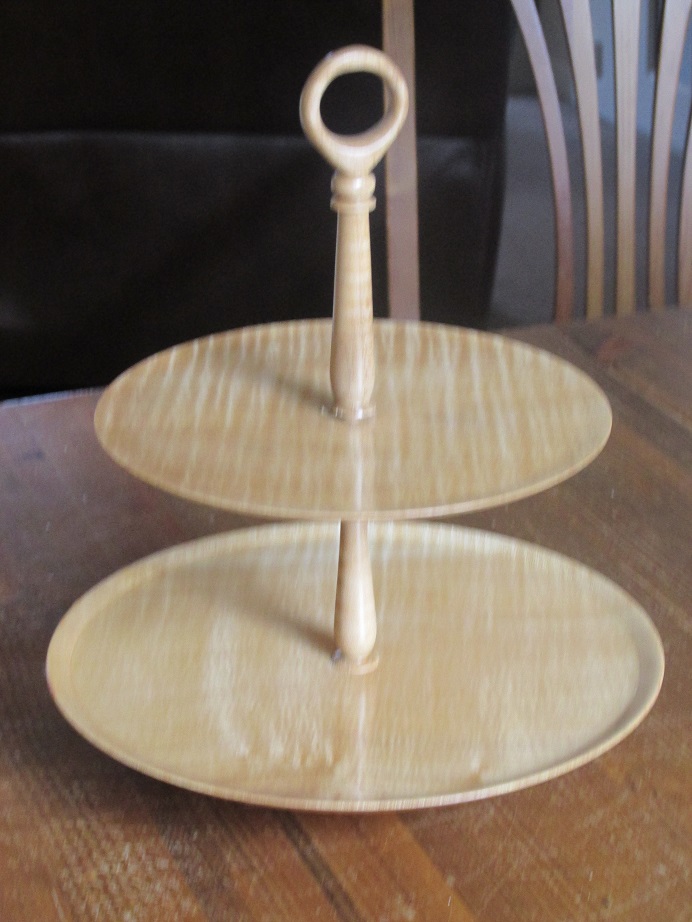
Hi Alec
Hope I have better luck this time
My first item is a cake stand it is 220mm tall the top plate is 160 mm in diameter the bottom plate is 200mm in diameter it is made out of sycamore and finished in 3 coats Chestnut food safe oil.
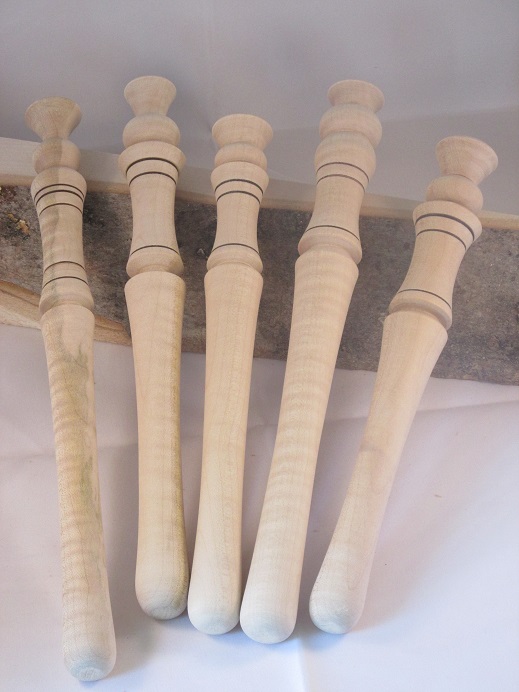
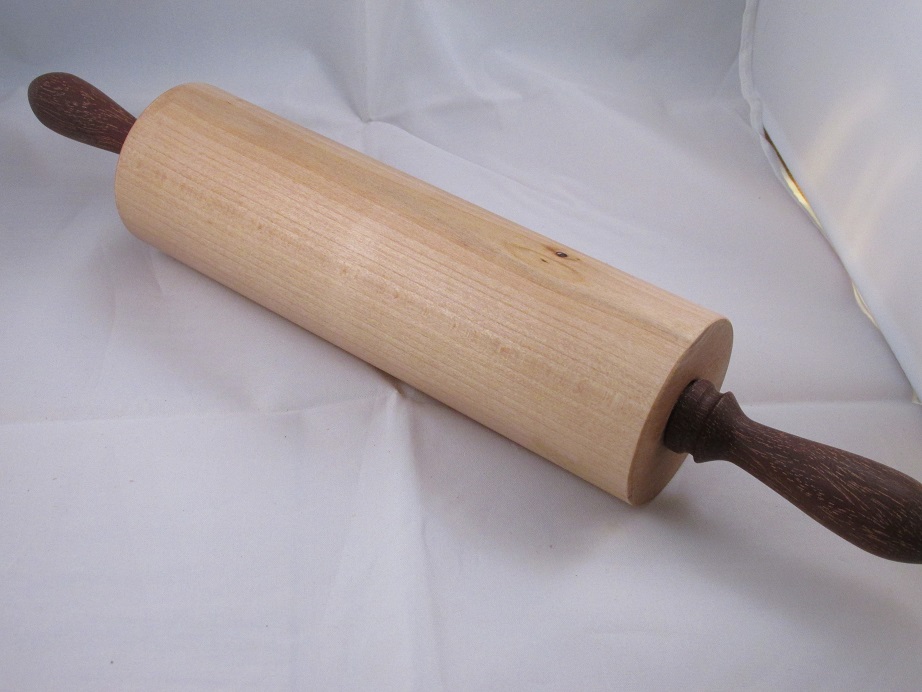
The handles look to be Wenge, AM.
David Ross.
Do remember the clubhouse remains closed.
